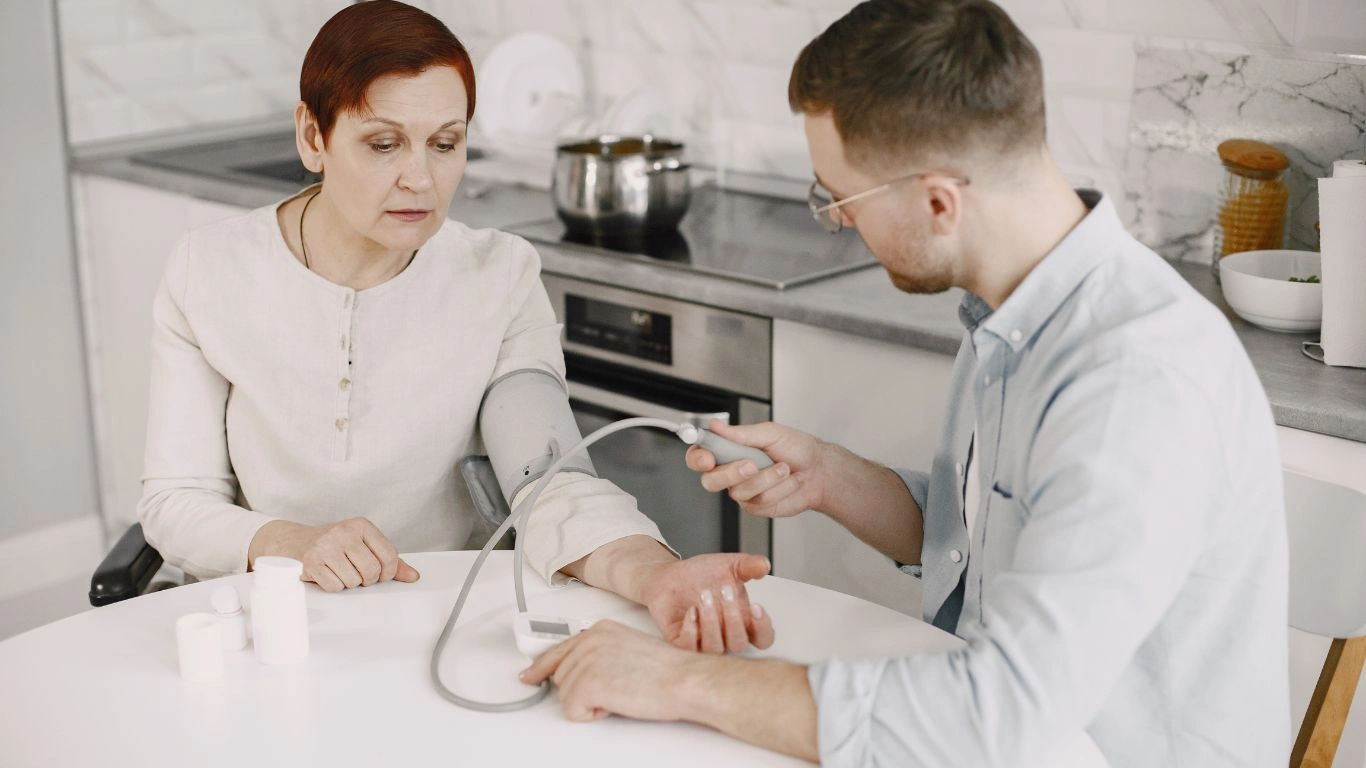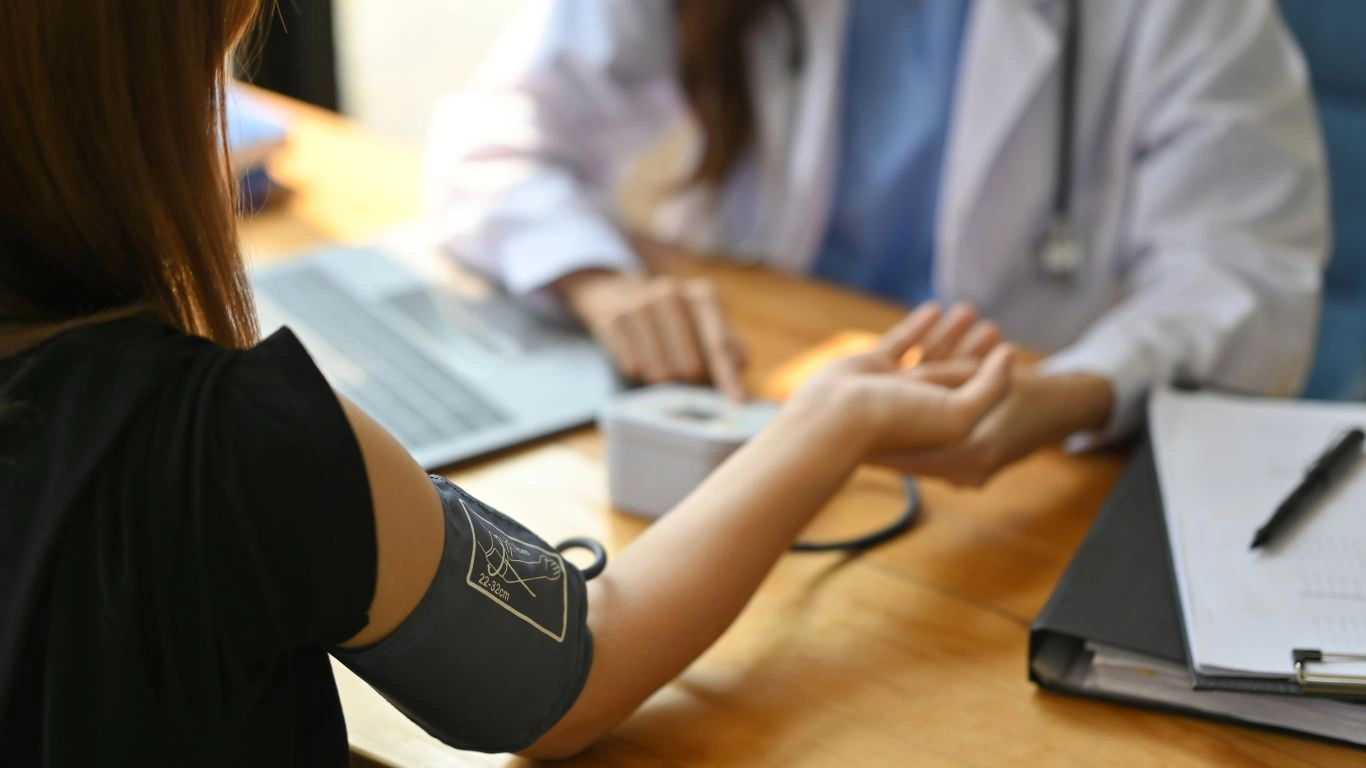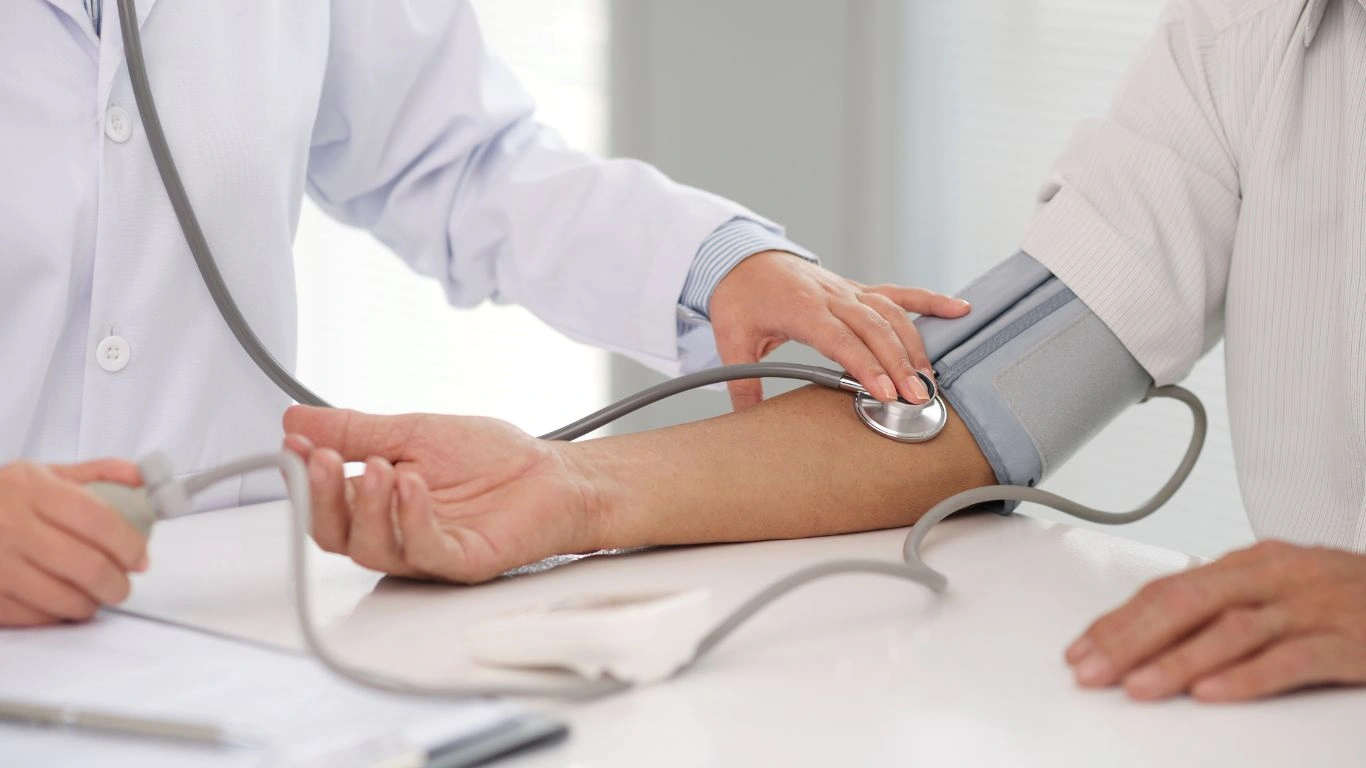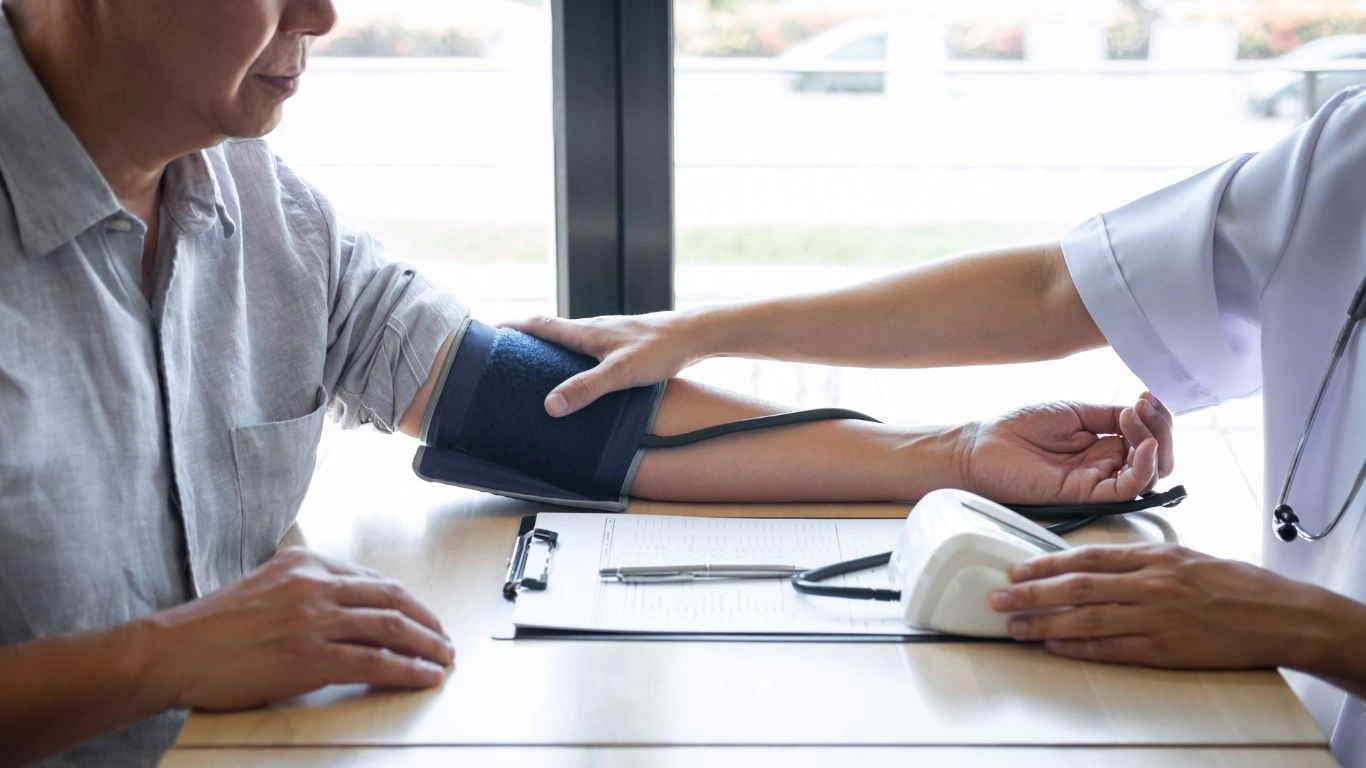Discover the Best Plant-Based Snacks for Hypertension to Boost Heart Health
Hey there! If you’re like many people I see in my practice as an Internal Medicine Physician specializing in hypertension management, you’ve probably wondered about the best plant-based snacks for hypertension. Managing high blood pressure isn’t just about medications—what you eat plays a huge role. From my experience, swapping out salty, processed snacks for wholesome, plant-based options can make a significant difference not only in blood pressure numbers but also in overall well-being.
Now, I’m not here to preach or throw complicated jargon your way. Instead, I want to share practical tips and some of the best snack ideas that actually work, based on both science and what I’ve seen help my patients thrive. Whether you’re newly diagnosed or have been managing hypertension for years, these tasty plant-based snacks might just become your new favorites.
Why Plant-Based Snacks Matter for Hypertension

When we talk about hypertension, reducing sodium intake is always a headline grabber. But it’s also about what you add to your diet—especially foods rich in potassium, magnesium, and fiber. These nutrients help relax blood vessels, balance electrolytes, and reduce inflammation, all critical factors in keeping blood pressure in check.
Plant-based snacks naturally tend to be lower in sodium and higher in these key nutrients compared to processed snacks. Plus, they often contain antioxidants and phytochemicals that provide additional cardiovascular benefits.
In my clinical experience, patients who incorporate these snacks into their routine often report better energy levels and less reliance on medications over time. Of course, every case is unique, but there’s no denying the positive impact of these nutrient-packed snacks on hypertension control.
The Science Behind Plant-Based Choices for Blood Pressure
Studies consistently show that diets rich in fruits, vegetables, nuts, and whole grains can reduce systolic and diastolic blood pressure by several points. This isn’t a tiny change—it’s the kind of shift that can reduce your risk of heart attack and stroke significantly.
- Potassium: Helps counteract the effects of sodium and eases tension in blood vessel walls.
- Magnesium: A natural calcium channel blocker, magnesium helps relax muscles, including those in the arteries.
- Fiber: Supports heart health by improving cholesterol levels and promoting healthy weight.
Given these benefits, it’s no surprise that the American Heart Association and other health bodies emphasize plant-based eating patterns for hypertension management.
Top Nutrient-Packed Ingredients for Plant-Based Hypertension Snacks

So what should you be reaching for when picking out snacks? Let’s break down some powerhouse ingredients that consistently come up in my recommendations to patients:
1. Nuts and Seeds
Almonds, walnuts, chia seeds, and flaxseeds are excellent sources of healthy fats, magnesium, and fiber. I often suggest keeping a small jar of mixed nuts handy for a quick, satisfying snack that supports heart health. Plus, they’re super easy to portion out.
2. Fresh Fruits
Bananas, berries, oranges, and apples are rich in potassium and antioxidants. A bowl of mixed berries or a sliced apple with a sprinkle of cinnamon is not only delicious but also a natural way to lower blood pressure.
3. Veggie Sticks with Hummus
Crunchy carrots, celery, cucumbers paired with protein-rich, homemade or low-sodium hummus can satisfy that salty craving without the blood pressure spike. The fiber and plant protein combo here is a win-win.
4. Whole Grain Snacks
Think air-popped popcorn without butter or lightly salted whole-grain crackers. These add fiber and complex carbs that keep blood sugar stable, which is important because spikes in blood sugar can indirectly affect blood pressure.
Incorporating These Snacks Into Your Day

One tip I always share with my patients: planning is key. It’s easy to grab whatever’s convenient when hunger strikes, but if you prep these snacks ahead of time, you’re more likely to stick with heart-healthy choices.
- Pre-portion nuts and seeds into small containers or bags to avoid overeating.
- Wash and cut fruits and veggies right after grocery shopping to save time later.
- Try new recipes for hummus or whole grain-based snacks to keep things interesting.
- Keep snacks visible and within reach to encourage healthier choices.
Trust me, even small changes like these can add up and improve your blood pressure management journey. And if you’re curious about how these snacks fit into a broader lifestyle plan or medication regimen, feel free to ask—I’m here to help.
Creative and Delicious Plant-Based Snack Ideas for Hypertension

Now that we’ve covered the why and the what, let’s get to the fun part—snacks! Over the years working with patients managing hypertension, I’ve found that variety and flavor keep people motivated. No one wants bland, boring food, right? The best plant-based snacks for hypertension are those that taste great while packing a punch of nutrients.
Refreshing Cucumber and Avocado Bites
This is one of my go-to snack suggestions for patients looking for something light yet satisfying. Slice cucumbers into rounds and top each with mashed avocado mixed with a squeeze of lemon juice and a sprinkle of crushed red pepper flakes or a pinch of smoked paprika. Avocados are rich in potassium and healthy fats, both great for blood pressure, and cucumbers add a refreshing crunch with hardly any sodium.
Roasted Chickpeas with Herbs
Roasted chickpeas are like the crunchy snack game-changer. I often recommend my patients make these at home so they can control the salt and spices. Toss canned chickpeas (rinsed well to reduce sodium) with a bit of olive oil, garlic powder, cumin, and rosemary, then roast until crisp. They’re high in fiber and plant protein, which helps keep you full and supports heart health.
Sweet Potato Toast with Nut Butter
Sweet potatoes are fantastic because they’re naturally high in potassium and have a lower glycemic index compared to regular bread. Slice them thinly, toast or bake until tender but firm, then spread with natural almond or peanut butter. Adding a sprinkle of chia seeds or cinnamon ups the nutrient profile and makes it a comforting, tasty snack.
Fresh Fruit and Nut Butter Wraps
Wraps aren’t just for lunch! Using collard greens or large lettuce leaves, spread a thin layer of almond butter and add sliced strawberries or banana. Roll it up for a portable, sweet, and savory snack that’s rich in fiber and heart-healthy fats. This is a quick fix I often suggest for busy patients who want something wholesome on the go.
Tips for Reading Labels and Choosing Store-Bought Snacks

One challenge I see is that many people are overwhelmed when shopping, especially with all the packaged “healthy” snacks claiming to be good for you. As someone who has helped countless patients navigate this, here are a few practical tips to keep in mind when picking up store-bought snacks:
- Check Sodium Content: Aim for snacks with less than 140 mg of sodium per serving, which is considered low.
- Look for Whole Food Ingredients: Short ingredient lists with recognizable items—think nuts, seeds, dried fruits, whole grains—are usually a safer bet.
- Avoid Added Sugars and Artificial Ingredients: Some “natural” snacks sneak in sugar or preservatives that can work against your blood pressure goals.
- Prioritize Fiber: Snacks with at least 3 grams of fiber per serving can help with blood pressure and satiety.
It’s all about balance—sometimes convenience wins, but informed choices will get you farther in managing hypertension effectively. I always encourage patients to use labels like a tool, not a trap.
How Hydration and Snacks Work Together in Blood Pressure Control

Something I don’t see talked about enough is the role of hydration in blood pressure management. In my practice, I stress that snacks and fluids go hand in hand. When you’re eating fiber-rich snacks, especially plant-based ones, drinking enough water helps everything move smoothly through your system and supports vascular health.
Here’s a little nugget from personal experience: when patients increase their intake of potassium-rich snacks like bananas or avocado, I remind them to also pay attention to their water intake. This combo helps the kidneys flush excess sodium effectively, which lowers blood pressure naturally.
And if you’re wondering about the best beverages alongside your snacks, I recommend:
- Water with a twist: Adding slices of lemon, cucumber, or fresh mint keeps hydration interesting without added sugars.
- Herbal teas: Hibiscus tea, for example, has some research backing its ability to lower blood pressure modestly.
- Unsweetened plant-based milks: Almond or oat milk can complement snacks like nut butter wraps or fruit bowls.
Hydration is a simple habit that often gets overlooked but can make a surprisingly big impact on your hypertension management journey.
Making Plant-Based Snacks a Sustainable Habit for Long-Term Hypertension Control

By now, you’ve probably got a good grasp of why the best plant-based snacks for hypertension are more than just tasty—they’re practical tools in managing your blood pressure every day. But here’s the real kicker: lasting health improvements come from sustainable habits, not quick fixes.
From my years of treating patients, I’ve learned that the best advice is also the simplest: find what works for you and make it part of your routine. That might mean experimenting with different snack combos or prepping on weekends so weekday snacking is effortless. The more you enjoy the snacks, the easier it is to stick with them.
Personalizing Your Snack Choices
One of the reasons I encourage a variety of snacks is because hypertension doesn’t affect everyone the same way, and neither do taste buds! Maybe you love spicy flavors and can’t get enough of roasted chickpeas with chili powder. Or maybe you prefer sweet fruits and nut butter wraps. There’s no “one size fits all” here.
When I work with patients, we discuss their lifestyle, preferences, and any other health conditions to tailor snack recommendations. For instance, someone with diabetes might lean toward lower glycemic fruit choices, while another person may focus on increasing magnesium-rich foods. Your snack game should fit your whole health picture.
Simple Strategies to Keep You on Track
- Rotate Your Snacks: Avoid boredom by trying a different snack each week. This keeps things fresh and makes sure you get a variety of nutrients.
- Prep Ahead: Portion out nuts, chop veggies, and store healthy dips so snacks are ready when hunger hits.
- Pair Snacks with Activity: Having a healthy snack after a walk or some light exercise helps reinforce positive habits.
- Mindful Eating: Instead of rushing through snacks, take a moment to savor each bite. This can improve satisfaction and prevent overeating.
Incorporating these simple strategies has helped many of my patients stay consistent without feeling deprived or overwhelmed.
What to Avoid: Common Pitfalls in Choosing Plant-Based Snacks for Hypertension

While plant-based snacks are generally a smart choice, it’s important to be aware of some sneaky pitfalls. Not all plant-based snacks are created equal—especially when it comes to packaged options.
Hidden Sodium and Added Sugars
Some snacks marketed as “natural” or “healthy” still pack a surprising amount of salt and sugar. For example, flavored nuts, veggie chips, or dried fruit mixes can sometimes have added ingredients that spike your sodium intake or sugar load. This can undermine your blood pressure control efforts without you realizing it.
Overconsumption of Calorie-Dense Snacks
Nuts and seeds are fantastic but also calorie-dense. Portion control is key because eating large amounts can lead to weight gain, which might raise blood pressure over time. From my clinical perspective, I recommend measuring out a handful rather than eating straight from the container.
Relying Solely on Snacks Without Overall Dietary Balance
Snacks are a helpful tool, but they can’t replace a balanced diet. I always emphasize to patients that these snacks should complement a broader eating plan rich in vegetables, whole grains, legumes, and lean proteins. The synergy of an overall heart-healthy diet is what really moves the needle on hypertension.
Final Thoughts: Your Journey with Plant-Based Snacking and Hypertension
Managing hypertension isn’t just about medication or restricting salt—it’s about empowering yourself through choices that nourish and support your body daily. Based on my clinical experience and the latest research, choosing the best plant-based snacks for hypertension can be a game-changer in your health journey.
Start small, stay curious, and remember: food is medicine, but it should also bring you joy. If you ever feel stuck, don’t hesitate to reach out to your healthcare provider or a registered dietitian who can help customize your plan.
References
Disclaimer
This article is for informational purposes only and does not substitute professional medical advice, diagnosis, or treatment. Always consult your healthcare provider before making any changes to your diet or treatment plan, especially if you have hypertension or other medical conditions.

Dr. Gwenna Aazee is a board-certified Internal Medicine Physician with a special focus on hypertension management, chronic disease prevention, and patient education. With years of experience in both clinical practice and medical writing, she’s passionate about turning evidence-based medicine into accessible, actionable advice. Through her work at Healthusias.com, Dr. Aazee empowers readers to take charge of their health with confidence and clarity. Off the clock, she enjoys deep dives into nutrition research, long walks with her rescue pup, and simplifying medical jargon one article at a time.






